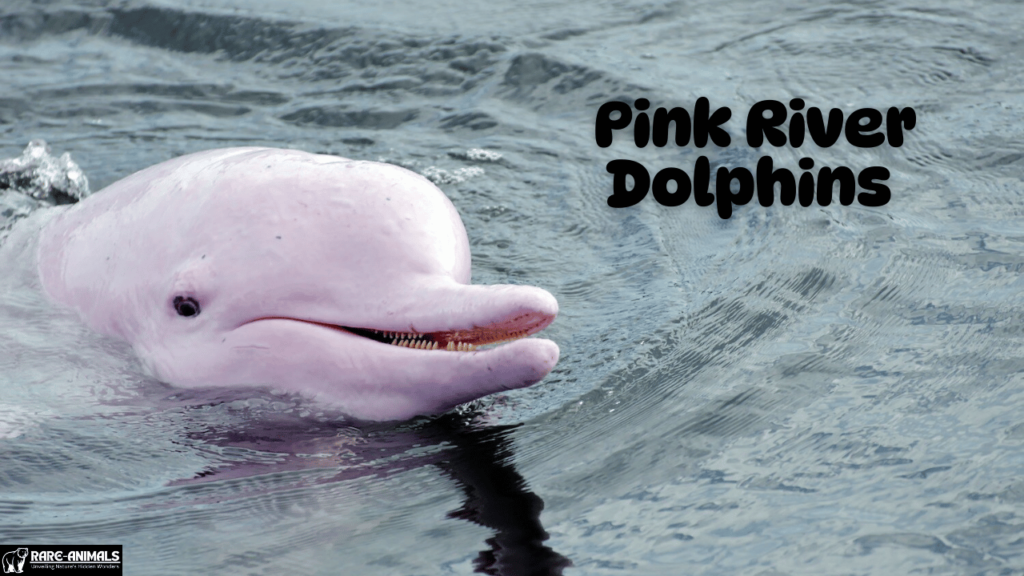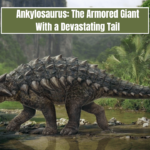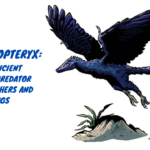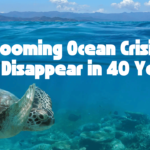Pink river dolphins, known scientifically as Inia geoffrensis, are among the most fascinating creatures in the Amazon basin. These freshwater dolphins are born grey and gradually turn pink as they age, a unique trait that intrigues wildlife enthusiasts and researchers alike.
Understanding the life and habitat of these elusive animals is crucial for conservation efforts and the appreciation of biodiversity in river ecosystems.
What Are Pink River Dolphins?
Pink river dolphins, also called Amazon river dolphins or “botos,” are freshwater mammals native to the rivers and lakes of South America, particularly the Amazon and Orinoco river basins.
Physical Characteristics
- Coloration: These dolphins are born grey and become pink as they age due to capillary development in their skin. Environmental factors, like water temperature, can enhance this coloration.
- Size and Shape: Adults can grow up to 8 feet long and weigh up to 450 pounds. They have a robust body, long beak, and flexible neck, allowing them to navigate narrow river channels.
- Adaptations: Unlike marine dolphins, pink river dolphins have unfused cervical vertebrae, enabling them to turn their heads 180 degrees—an adaptation for maneuvering around submerged obstacles.
Unique Behaviors
- Social Structure: Typically solitary or found in small groups of 2-4 individuals.
- Diet: Opportunistic feeders, consuming fish, crustaceans, and small turtles.
- Echolocation: Highly developed echolocation abilities help them navigate murky waters and locate prey.
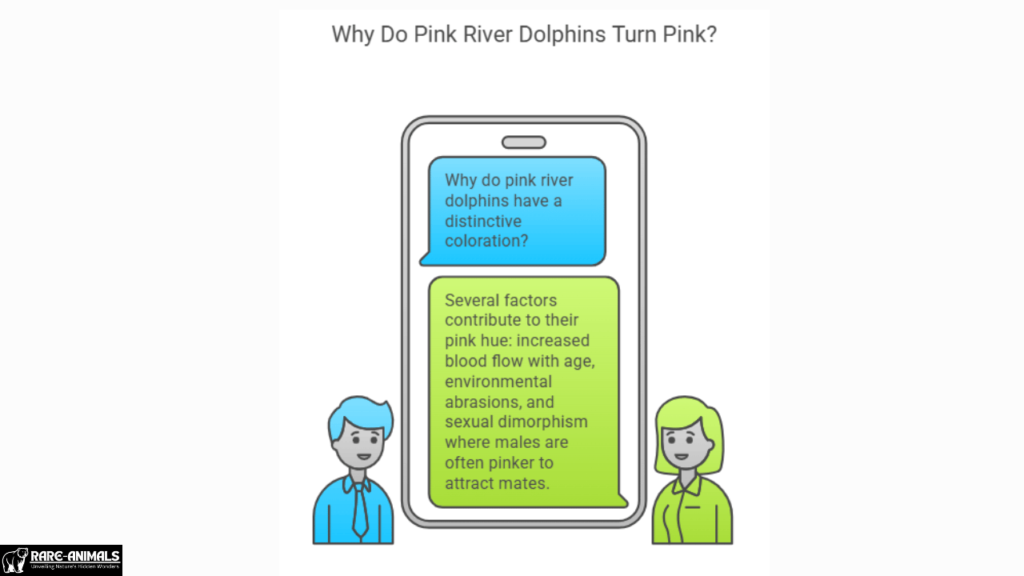
Why Do Pink River Dolphins Turn Pink?
One of the most captivating aspects of pink river dolphins is their distinctive coloration. While the exact cause is not fully understood, several factors contribute:
- Capillary Development: As dolphins age, increased blood flow to the skin—especially during social interactions or excitement—enhances their pink hue.
- Environmental Influences: Abrasions from riverbed debris can expose pinker tissue beneath the surface.
- Sexual Dimorphism: Males are often pinker than females, possibly as a display trait to attract mates.
Habitat and Distribution
Pink river dolphins thrive in the freshwater systems of South America. They inhabit:
- Main Rivers: Amazon, Orinoco, and Madeira rivers.
- Flooded Forests: During the rainy season, they explore submerged forests to hunt.
- Tributaries and Lakes: Essential habitats for resting and socializing.
Challenges in Their Habitat
- Deforestation: Reduces forest cover and impacts water quality.
- Pollution: Contaminants like mercury from gold mining affect dolphin health.
- Dam Construction: Interrupts migratory routes and alters ecosystems.
Conservation Efforts
Efforts to protect pink river dolphins are vital for maintaining biodiversity in the Amazon basin. Conservation initiatives include:
- Protected Areas: Designating river habitats as wildlife reserves.
- Community Involvement: Educating local communities about sustainable practices.
- Research and Monitoring: Studying dolphin populations to inform policies.
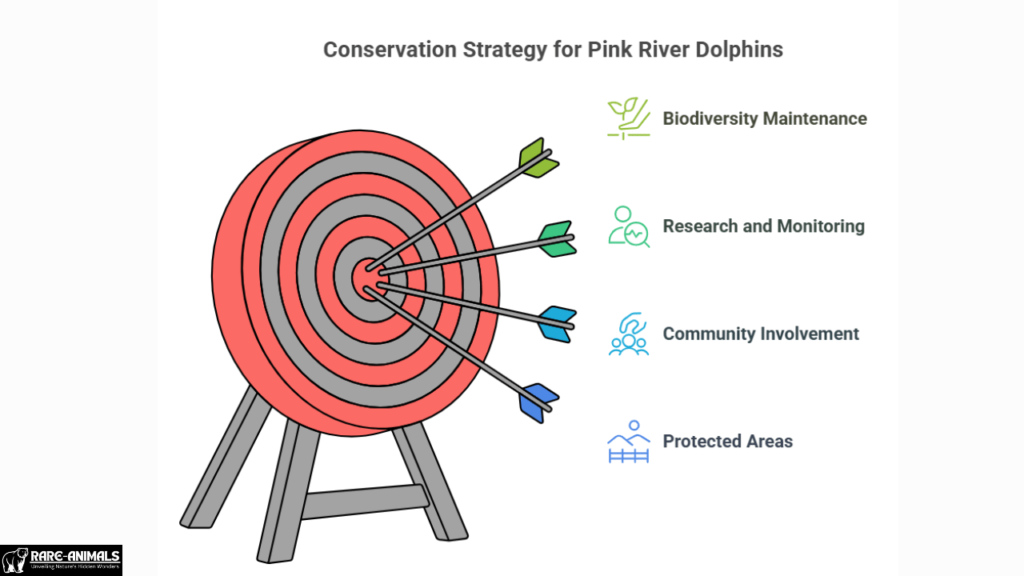
FAQs
1. Are pink river dolphins endangered?
Yes, they are classified as “Endangered” by the IUCN due to habitat loss, pollution, and hunting.
2. How can I see pink river dolphins in the wild?
Eco-tourism operators in countries like Brazil, Colombia, and Peru offer guided tours to observe these dolphins responsibly.
3. What do pink river dolphins eat?
Their diet primarily consists of fish, supplemented by crustaceans and small reptiles.
4. Why are they called “botos”?
“Boto” is a local term used by indigenous communities to refer to these unique river dolphins.
5. How long do pink river dolphins live?
In the wild, they can live up to 30 years, though lifespans are often shorter due to environmental threats.
Conclusion
The pink river dolphin is a symbol of the Amazon’s ecological richness and a reminder of the importance of conservation. By supporting sustainable practices and raising awareness, we can ensure these unique creatures continue to blush with age for generations to come.
Learn more about pink river dolphins and how you can help conserve their habitats by visiting reputable conservation websites or joining an eco-tourism experience. Together, we can protect the wonders of the Amazon basin.

Alveena is an experienced content writer with a knack for crafting engaging and insightful pieces. She thrives on breaking down complex ideas and presenting them as clear, captivating content that resonates with readers.

